RTW
Contributor
We spent last week in Bonaire and I got to try out my SP-350/YS-110 in blue water for the first time.
I ended up with a lot of bad pictures and a few decent ones.
The MyMode presets I found here did ok some of the time but were overexposing much of the time.
I ended up using the presets but manipulating shutter speed (to not always good effect) for most shots.
Also, I became very impatient with the slow RAW write time (though Lightroom white balance editing was convenient with RAW) and ended up shooting JPG after two or three dives.
Some of the lessons learned in no particular order:
1. Underwater photography is not easy
1. I love taking pictures underwater
1. Strobe placement is everything
1. Composition is everything (and difficult to get right)
1. Fish are not cooperative subjects
1. I have a lot to learn
Scorpion Fish

Anemone
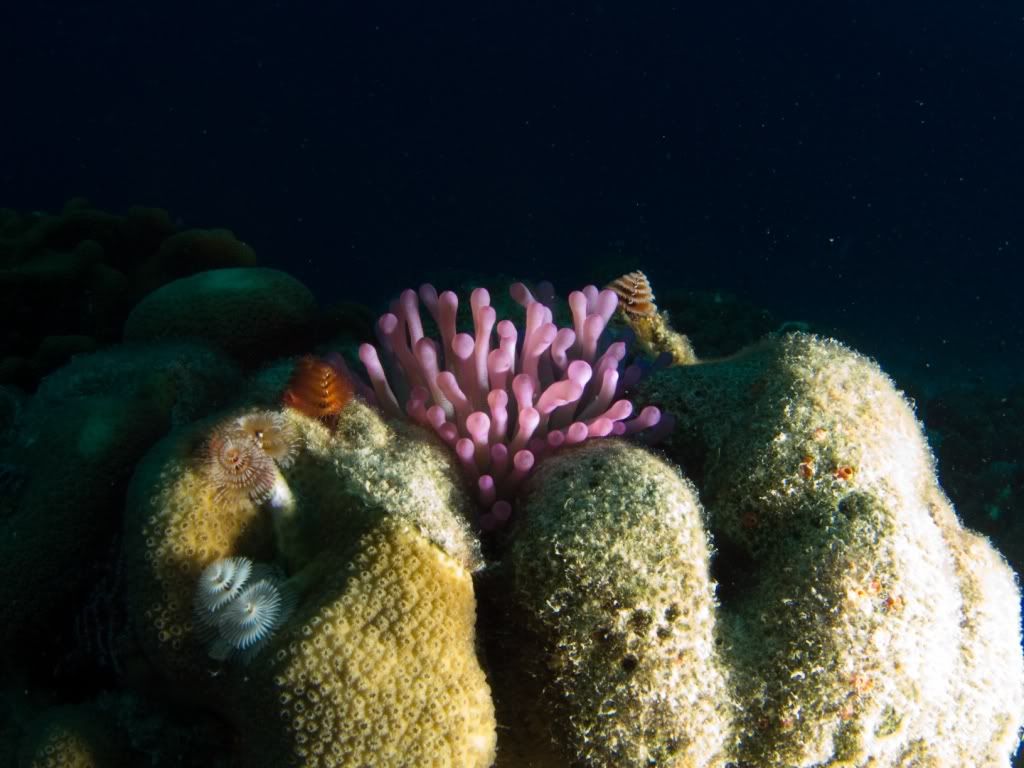
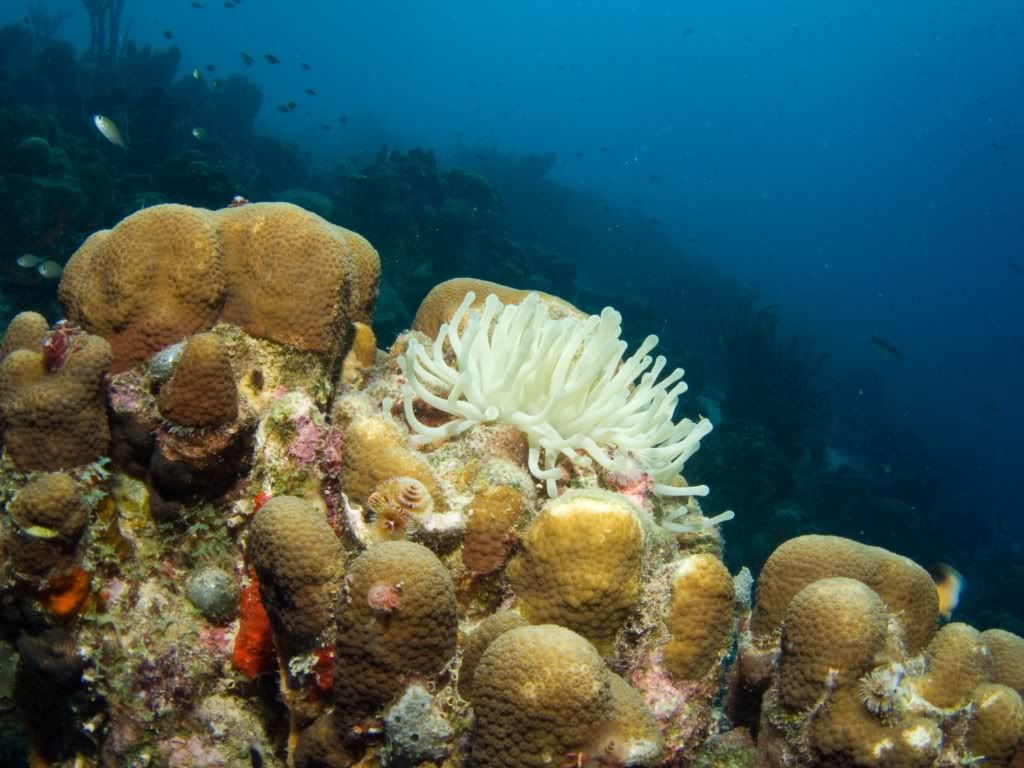
Rock Hind
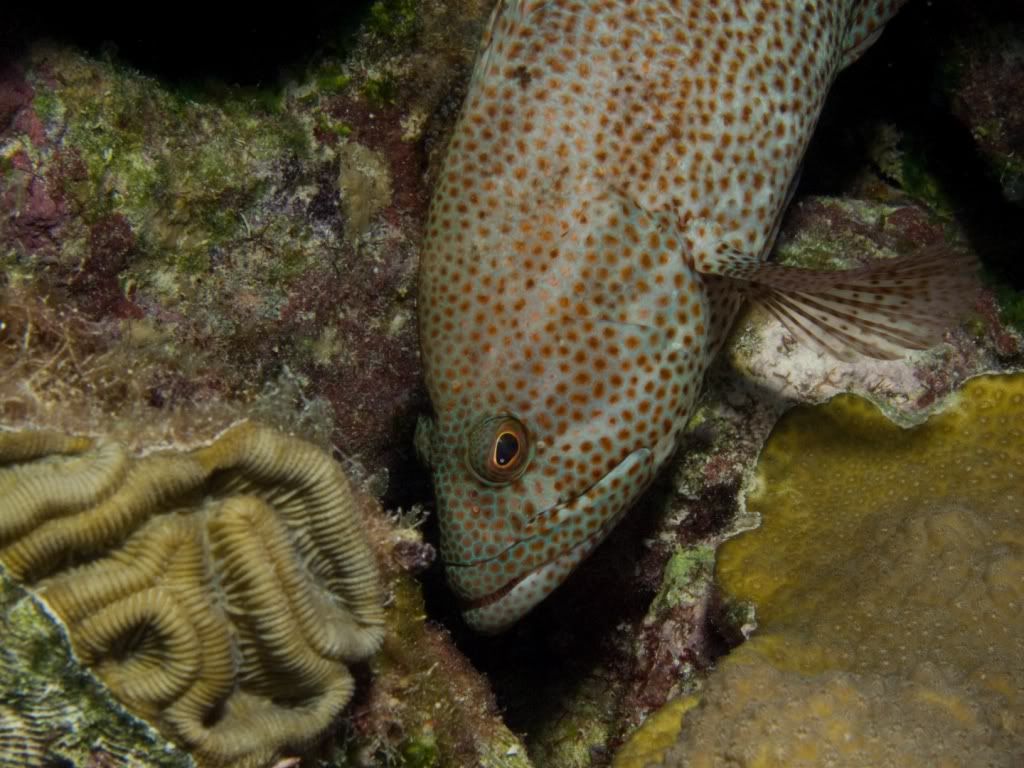
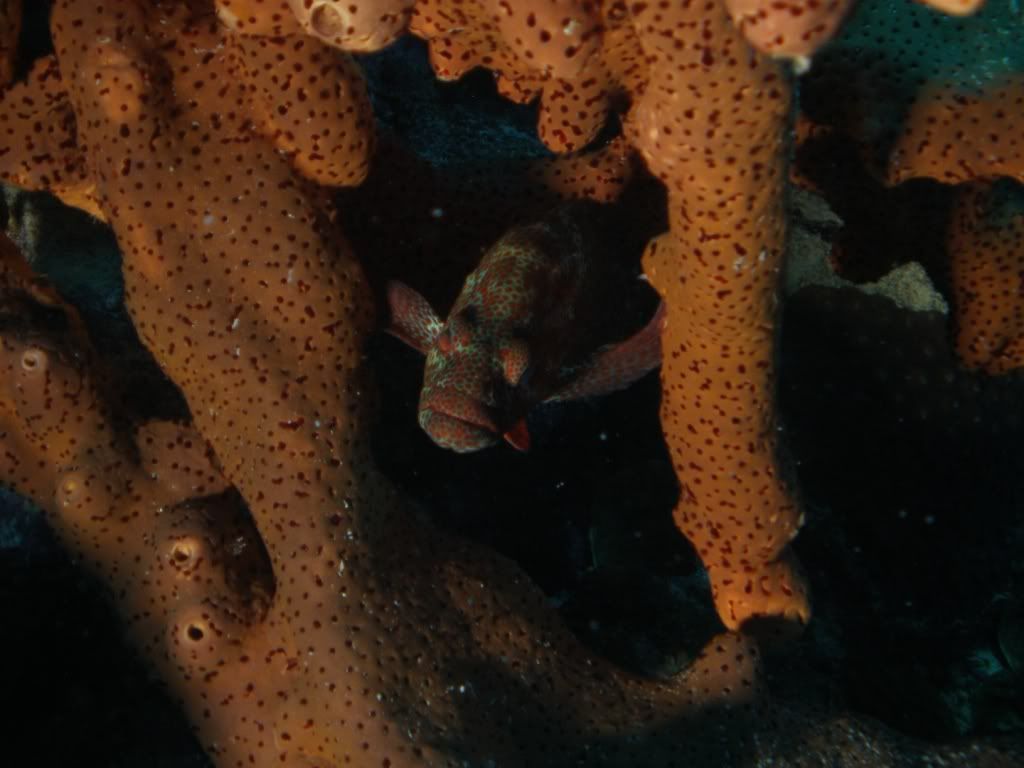
Eel
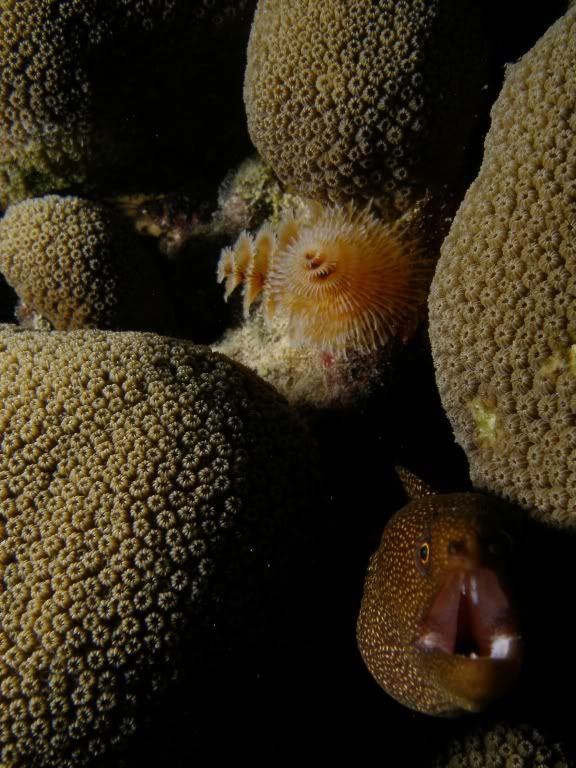
Banded Coral Shrimp
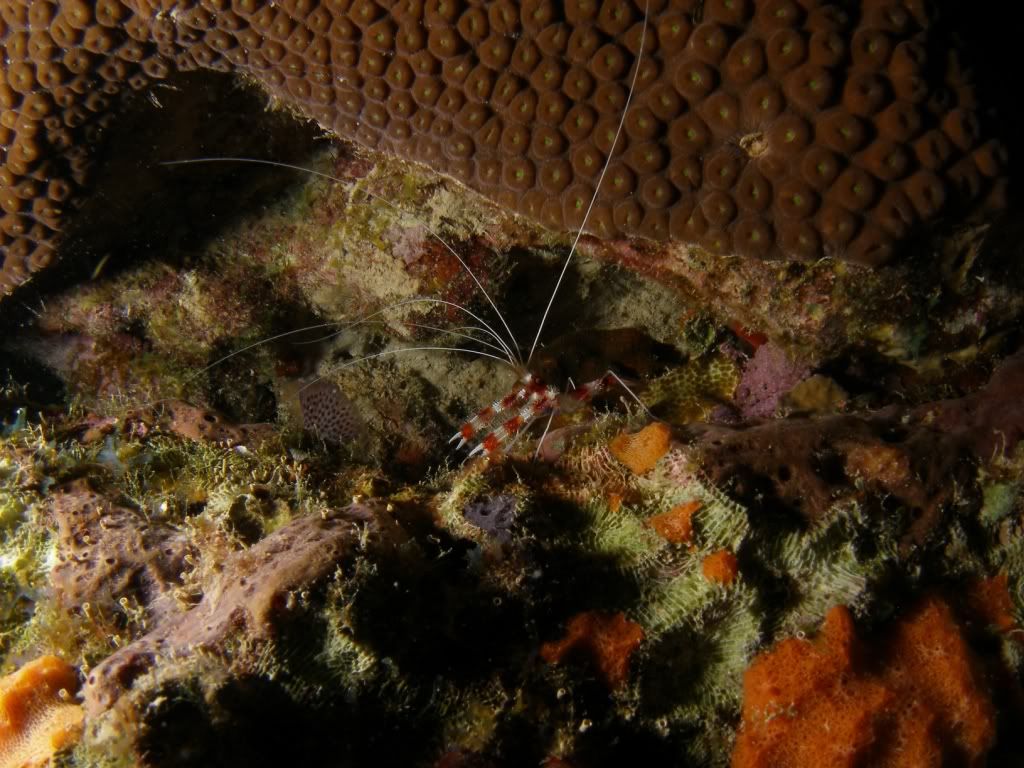
Coral
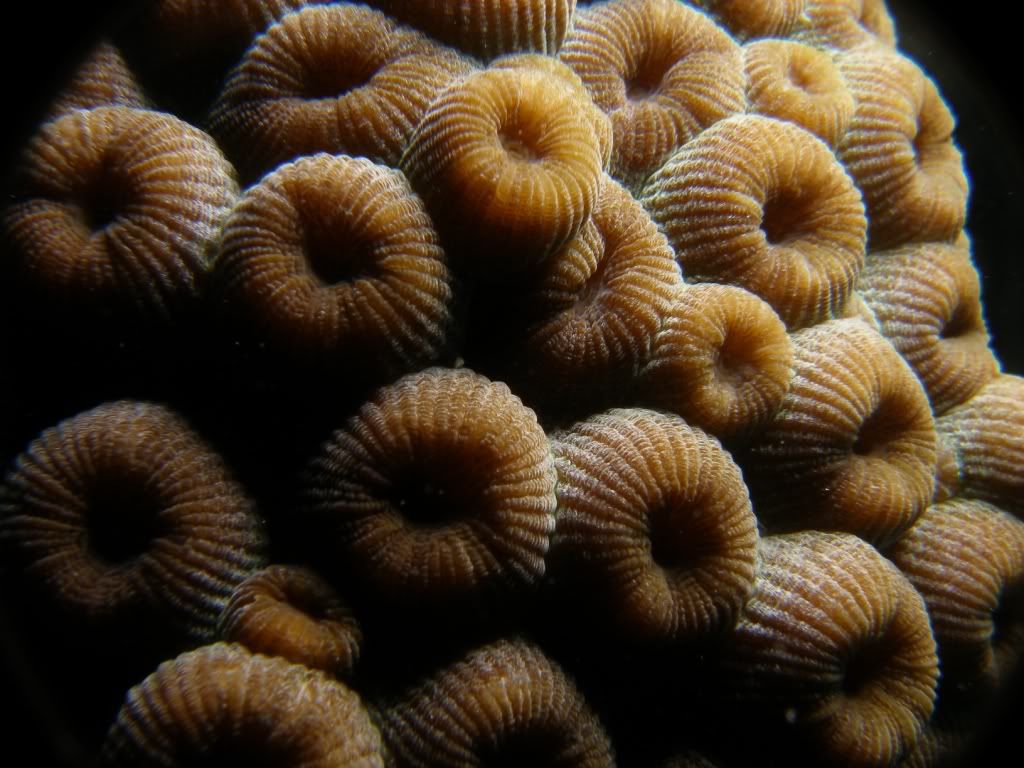

Wreck
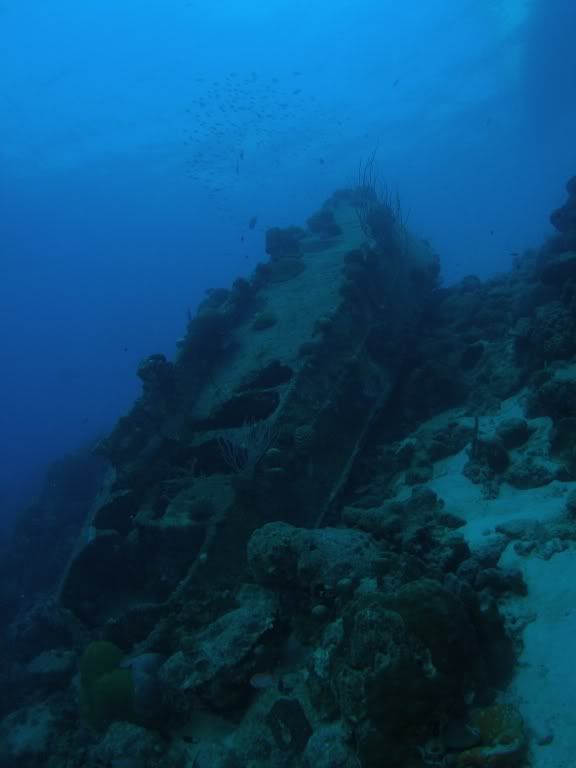
Lovely Flying Wife
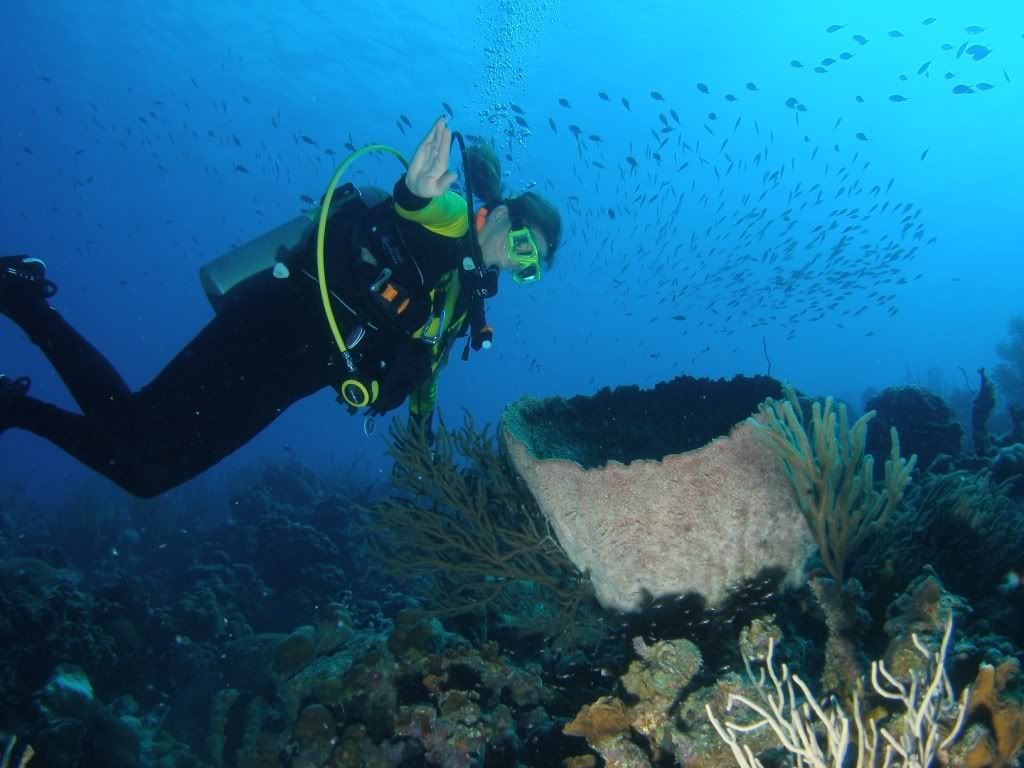
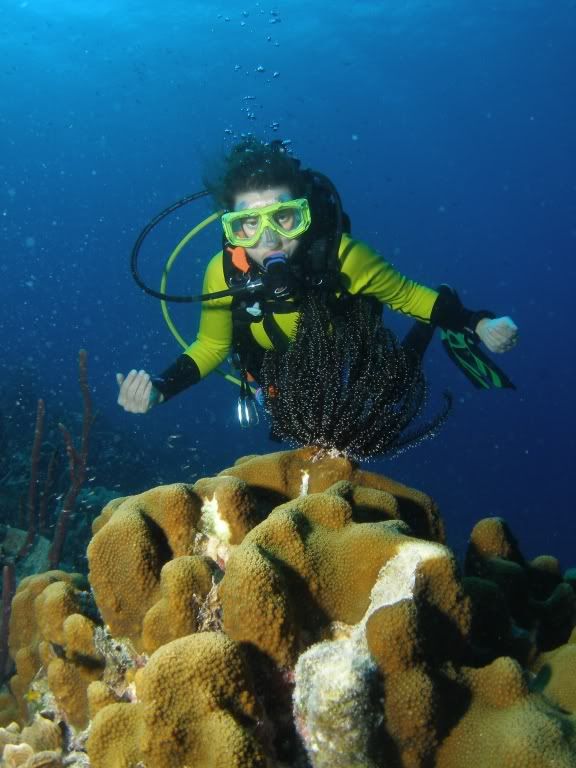
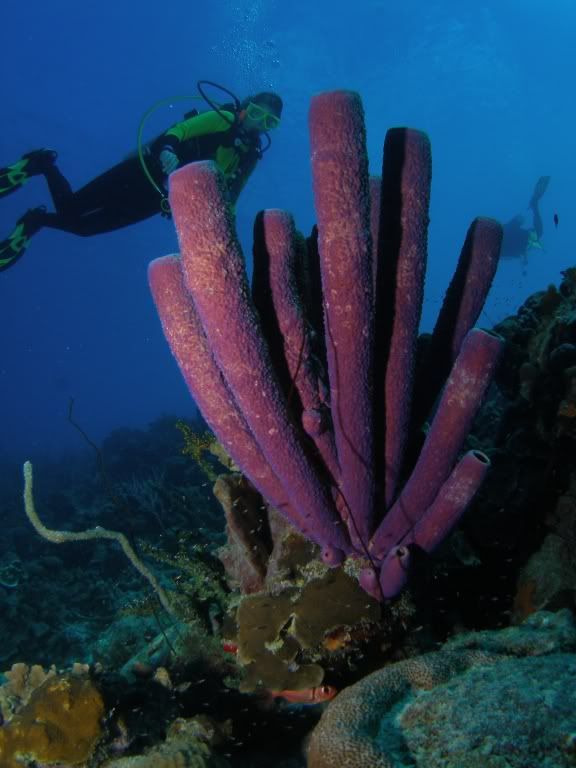
Wishing you and yours the happiest of holidays,
I ended up with a lot of bad pictures and a few decent ones.
The MyMode presets I found here did ok some of the time but were overexposing much of the time.
I ended up using the presets but manipulating shutter speed (to not always good effect) for most shots.
Also, I became very impatient with the slow RAW write time (though Lightroom white balance editing was convenient with RAW) and ended up shooting JPG after two or three dives.
Some of the lessons learned in no particular order:
1. Underwater photography is not easy
1. I love taking pictures underwater
1. Strobe placement is everything
1. Composition is everything (and difficult to get right)
1. Fish are not cooperative subjects
1. I have a lot to learn
Scorpion Fish

Anemone


Rock Hind


Eel

Banded Coral Shrimp

Coral


Wreck

Lovely Flying Wife



Wishing you and yours the happiest of holidays,



 Yep. I agree with all of them.
Yep. I agree with all of them.